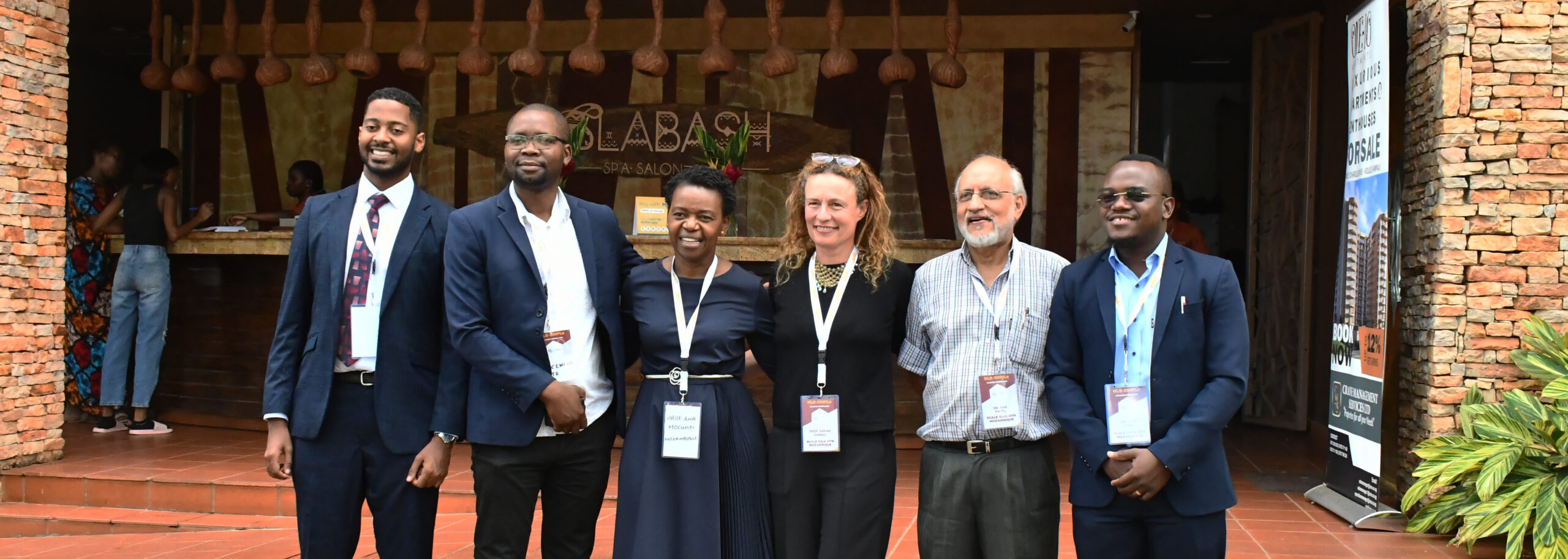
Mozambique – SCALE SAIA‑HTN

| Study title | Scaling Out and Scaling Up the Systems Analysis and Improvement Approach to Optimize the Hypertension Diagnosis and Care Cascade for HIV-Infected Individuals (SCALE SAIA-HTN) |
| Study design | Stepped wedge cluster randomized trial |
| Setting/location | Maputo province, Mozambique (six target districts, 18 health facilities) |
| Study participants | Ministry of Health personnel, including frontline health workers, health managers, district supervisors, and provincial managers |
| Contact PI | Ana Mocumbi, University of Eduardo Mondlane (Mozambique) |
| MPI | Sarah Gimbel, University of Washington (USA) |
| Co-Investigators | Orvalho Augusto, University of Eduardo Mondlane; Sergio Chicumbe, Mozambique National Institute of Health; Sam Patel, University of Eduardo Mondlane; Moshin Sidat, University of Eduardo Mondlane; Kenneth Sherr, University of Washington; Kristjana Asbjornsdottir, University of Iceland; David Watkins, University of Washington |
| Collaborating institutions | Mozambique Institute for Health Education and Research, Mozambique National Institute of Health, Comité para a Saúde de Moçambique |
| Supporting/advisory institutions | Mozambique Ministry of Health, Doctors with Africa (CUAMM), World Health Organization |
| Summary | The Systems Analysis and Improvement Approach (SAIA) is an evidence-based implementation strategy designed by faculty at the University of Washington that combines system engineering tools into a multi-step, facility-level package to give clinic staff and managers a system-wide view of their service delivery so they can identify and prioritize areas for improvement and test workflow modifications to achieve optimized performance of the targeted evidence-based intervention. The core components of SAIA are use of a cascade The primary objective of the SCALE SAIA-HTN project is to develop and evaluate a scaled delivery model for SAIA-HTN for national roll out. SCALE SAIA-HTN builds on the ongoing SAIA-HTN trial by ‘scaling out’ SAIA-HTN use by training and empowering district health supervisors (rather than non-governmental organization study nurses) to run the process and by ‘scaling up’ SAIA-HTN to an additional 18 facilities across six districts in southern Mozambique. Contextually, district management structures in Mozambique maintain oversight responsibility for service performance across facilities in their jurisdiction, and are able to access resources to meet health facility needs, and have authority to make management decisions across health facilities. By testing scale-up of SAIA-HTN with district managers as disseminating units, and measuring the reach, continued effectiveness, maintenance and fidelity to design of the scaled model, as well as documenting the determinants of adoption and implementation, this study will provide evidence of public health impact that is needed to support further national scaling. SCALE SAIA-HTN is using the RE-AIM framework to guide their evaluation and analysis, and will also be measuring project, clinical, and patient costs to determine whether or not the strategy is cost effective. For more information on SCALE SAIA-HTN, visit the SAIA website. |
Meet the Team

Ana Mocumbi
Contact PI, Universidade Eduardo Mondlane

Sarah Gimbel
University of Washington (USA)
SCALE SAIA-HTN is funded by the National Heart, Lung, and Blood Institute (NHLBI), a division of the US National Institutes of Health (NIH), in partnership with the Fogarty International Center through grant UH3-HL-156390.
